Molting is one of the most fascinating yet vulnerable periods in a tarantula’s life cycle. This natural process, where your eight-legged companion sheds its old exoskeleton to accommodate growth, requires special care and attention from responsible pet owners. While molting is completely normal, it can be stressful for both the tarantula and an unprepared keeper who might mistake the process for illness or even death. Understanding the signs, preparing the environment, and knowing when to intervene (or more importantly, when not to) can make this critical phase smoother for your arachnid friend. This comprehensive guide will walk you through everything you need to know about supporting your pet tarantula through a successful molt.
Understanding the Tarantula Molting Process
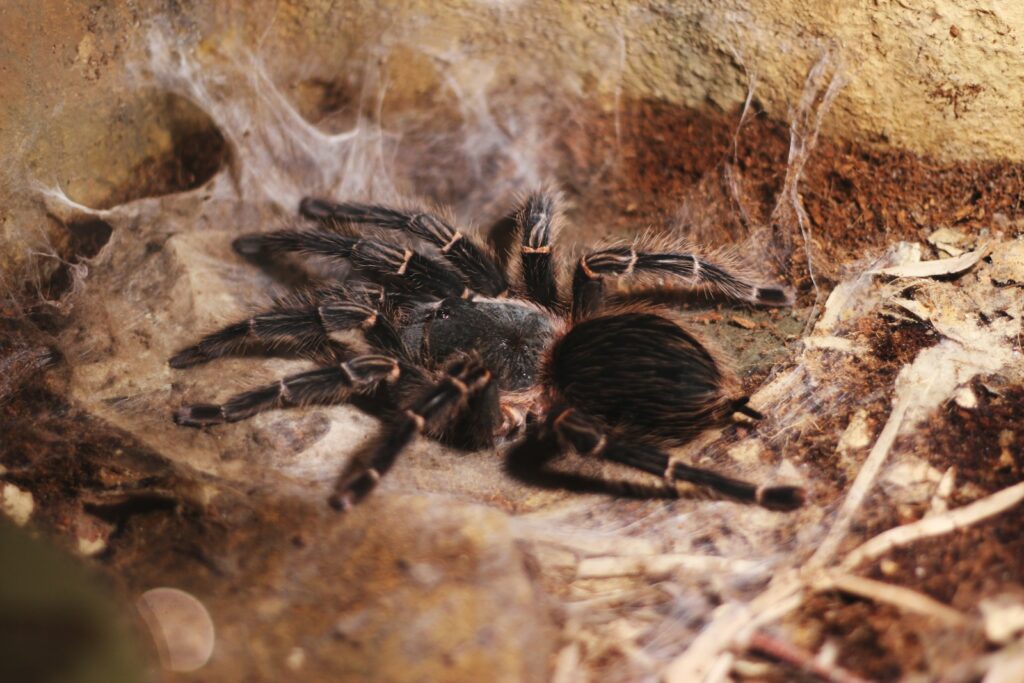
Molting is essentially a tarantula’s way of growing, as their exoskeletons don’t expand with their bodies like our skin does. During this process, your tarantula secretes enzymes between its old exoskeleton and the new one forming underneath, which helps loosen the old shell. The tarantula then typically flips onto its back, appearing almost lifeless, and begins the laborious process of wriggling out of its old exoskeleton. This entire process can take anywhere from a few hours to more than a day depending on the species, age, and individual health of your tarantula. Understanding this natural cycle helps prevent unnecessary panic when you find your pet apparently motionless and upside-down in its enclosure.
Recognizing Pre-Molting Signs

Being able to identify when your tarantula is preparing to molt gives you valuable time to prepare its environment appropriately. One of the most common pre-molting signs is a significant decrease in appetite, with many tarantulas completely refusing food for days or even weeks before molting. You might also notice your tarantula becoming less active, spending more time in its hiding spot, and developing a dull or darkened appearance as the new exoskeleton forms underneath the old one. Perhaps the most telling sign is the development of a bald spot on the abdomen that turns from flesh-colored to dark, indicating the new exoskeleton forming beneath. Some species may even weave a special molting mat of silk where they will position themselves for the upcoming process.
Creating the Optimal Molting Environment
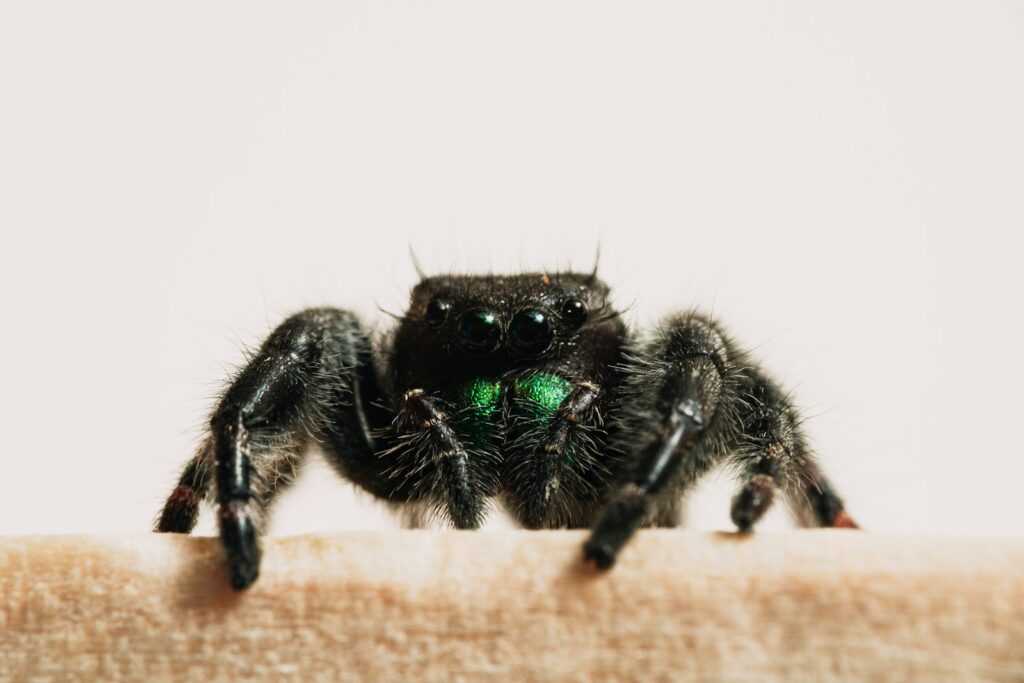
The right environment can be the difference between a successful molt and a potentially fatal complication. Humidity is particularly crucial during this time, so ensure your tarantula’s enclosure maintains appropriate moisture levels for your specific species—generally between 65-75% for most species, though some tropical varieties require higher humidity. Temperature should remain constant and appropriate for your species, typically between 75-85°F (24-29°C), as fluctuations can stress your tarantula during this vulnerable time. Ensure the substrate is deep enough to allow for burrowing and moisture retention, ideally at least 2-3 times the leg span of your tarantula. Finally, provide adequate hiding spots where your tarantula can retreat and feel secure during this stressful process.
Adjusting Feeding Schedules Before Molting
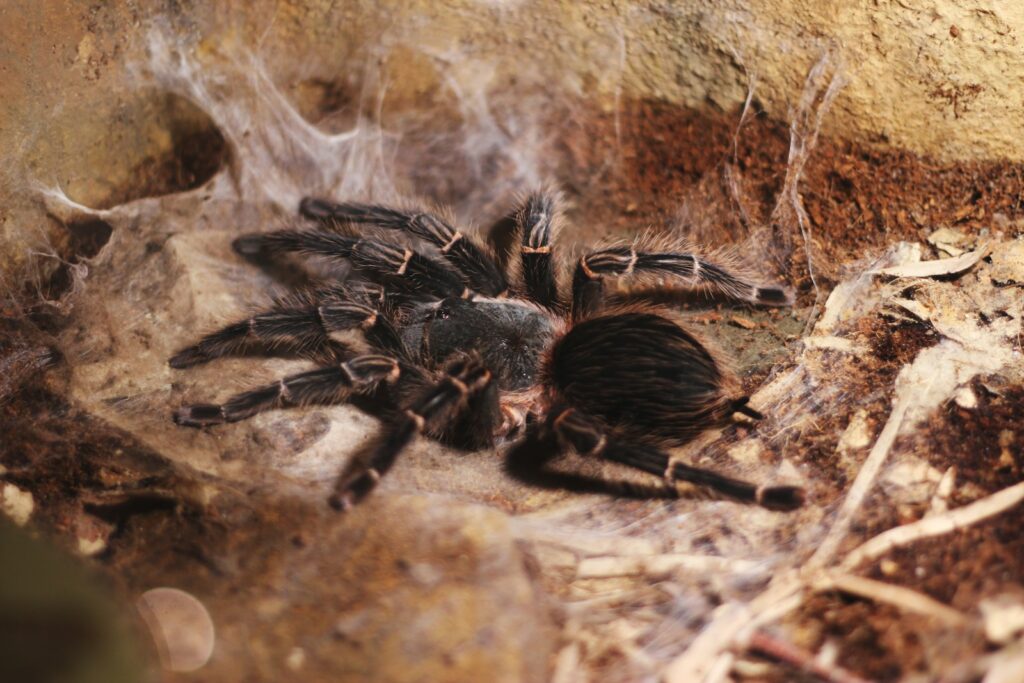
Proper feeding management before a molt can significantly impact the success of the process. When you notice pre-molting signs, stop offering prey items to your tarantula, even if they initially continue showing interest in food. Having prey in the digestive tract during molting can cause complications, as the old digestive lining is shed along with the exoskeleton. Remove any uneaten prey from the enclosure immediately, as prey items can stress or potentially harm your vulnerable tarantula during molting. Keep in mind that larger tarantulas may fast for weeks or even months before molting, so don’t be alarmed by extended periods without feeding. Always ensure fresh water is available in a shallow dish that cannot be easily tipped over, as hydration remains essential even when your tarantula isn’t eating.
Handling the No-Disturbance Period
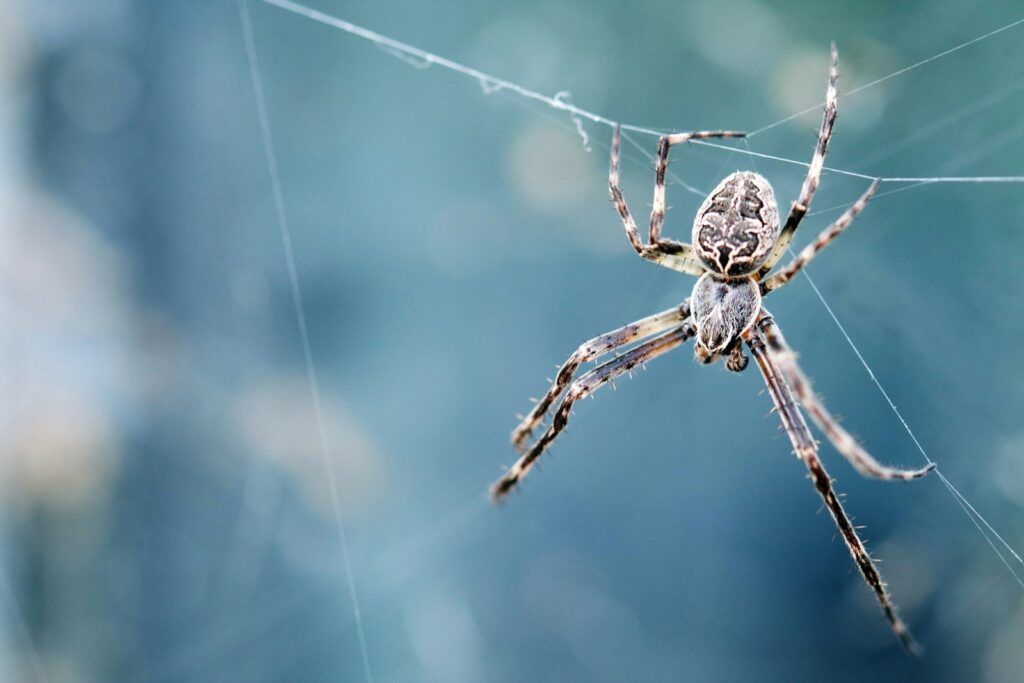
Once your tarantula begins the actual molting process, it enters the most critical phase where any disturbance could prove fatal. During this time, avoid opening the enclosure, moving it, making loud noises near it, or creating vibrations that might startle your pet. This hands-off period should continue for at least 48-72 hours after the molt appears complete, as your tarantula’s new exoskeleton needs time to harden properly. Even gentle handling during this period can cause permanent deformities or injuries because the new exoskeleton is extremely soft and pliable. Consider placing a simple “Do Not Disturb” sign on the enclosure to remind household members of this critical period, especially if you share your home with children or others who might be curious about the process.
Humidity Management During Molting
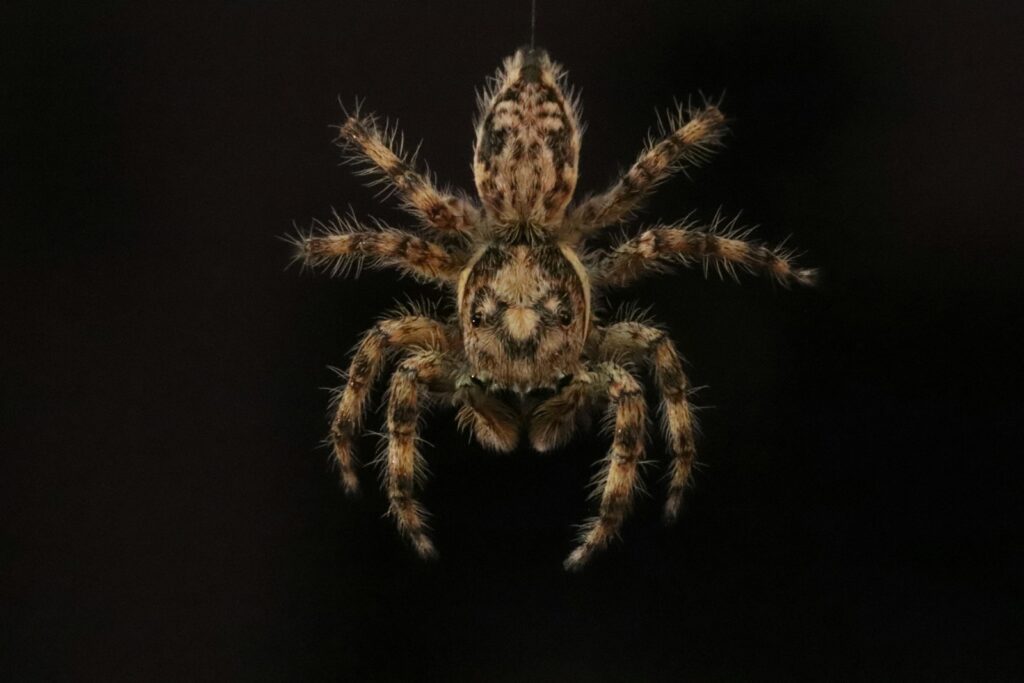
Maintaining proper humidity during the molting process is perhaps the single most important environmental factor for a successful shed. Inadequate humidity can cause the old exoskeleton to dry out and become stuck to the new one, potentially resulting in lost limbs or even death. For most tarantula species, lightly misting one side of the enclosure (not directly on the tarantula) can help maintain appropriate moisture levels. Using a hygrometer to monitor humidity will ensure you’re providing the correct environment without guessing. For desert species that naturally prefer drier conditions, provide a humidity gradient by making one side of the enclosure slightly more humid than the other, allowing the tarantula to position itself as needed. Remember that overwatering can be just as problematic as underwatering, potentially leading to mold growth or respiratory issues.
Managing Molting Complications
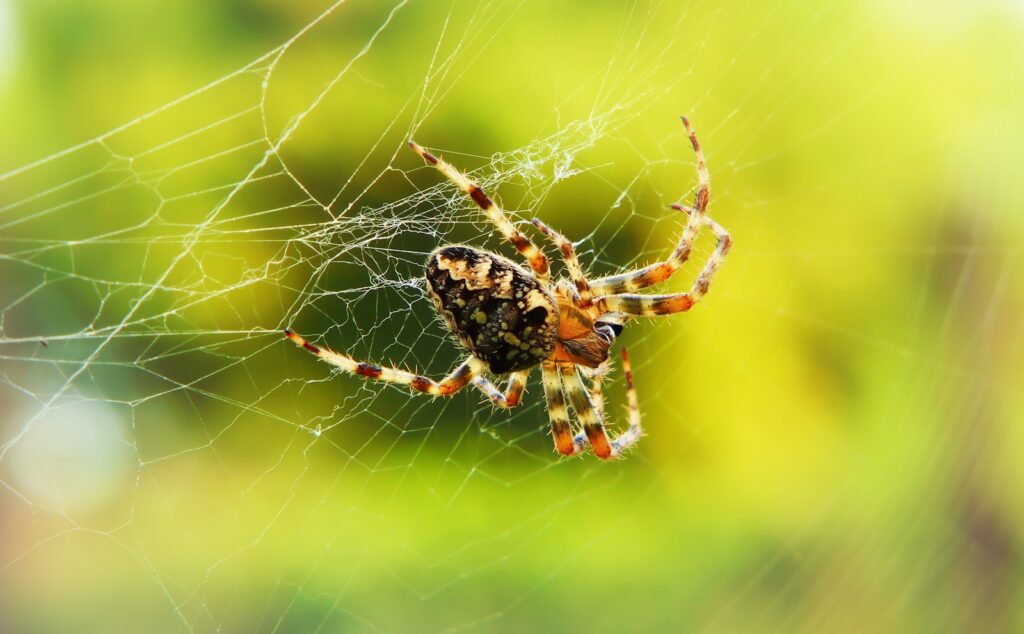
Despite your best preparations, molting complications can still occur and knowing how to respond can save your tarantula’s life. The most common complication is a “stuck molt,” where your tarantula cannot fully free itself from the old exoskeleton, particularly around delicate areas like the legs or abdomen. In this dire situation, you can very carefully assist by using a paintbrush dipped in lukewarm water to gently moisten the stuck area, helping to separate the old exoskeleton from the new one. Another potential issue is dehydration during molting, which can be addressed by slightly increasing the humidity and ensuring a shallow water dish is accessible. In cases of severe complications or if the tarantula appears to be struggling for more than 24 hours, consulting with an exotic pet veterinarian or experienced tarantula keeper might be necessary, as improper intervention can cause more harm than good.
Post-Molt Care Essentials
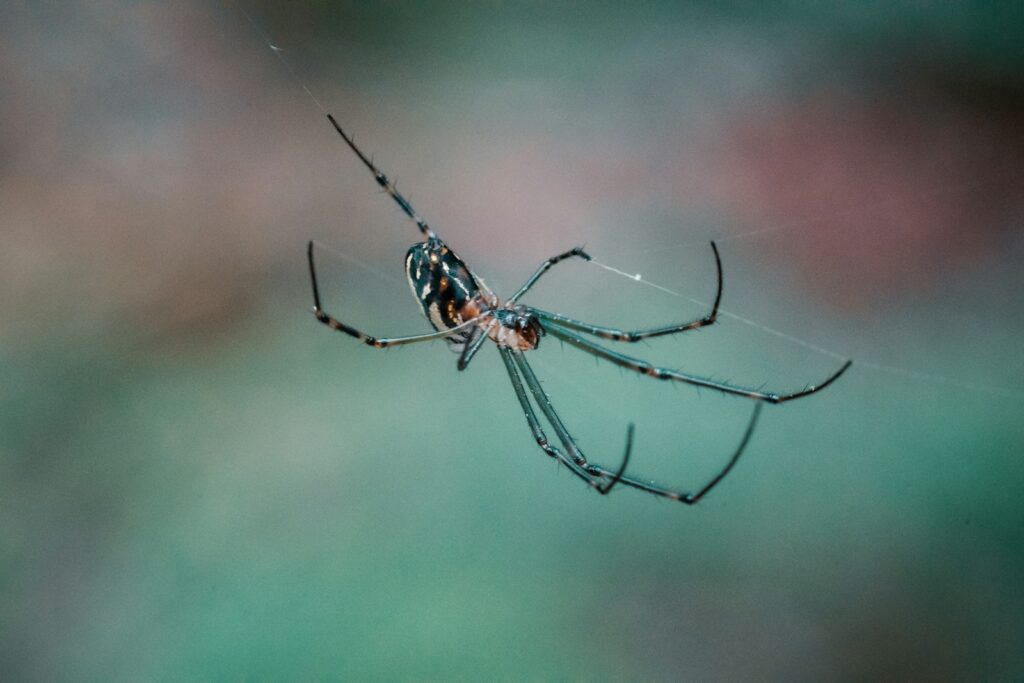
After successfully completing a molt, your tarantula remains in an extremely vulnerable state while its new exoskeleton hardens. Continue maintaining appropriate humidity levels and minimal disturbance for at least a week after molting, as the hardening process takes time. Don’t be alarmed if your tarantula appears larger, more vibrantly colored, or has regenerated previously lost limbs after molting—these are all normal and positive outcomes of a successful molt. You may notice your tarantula drinking more water during this recovery period, which is necessary for the hardening process. Wait at least 7-10 days (longer for larger specimens) before offering any food, starting with prey items smaller than you would normally provide, to avoid overwhelming your recovering pet.
The Importance of the Molt Exoskeleton

When your tarantula has completely shed its old exoskeleton, resist the urge to immediately remove this discarded shell from the enclosure. Many tarantulas consume parts of their shed exoskeleton to recycle nutrients, particularly calcium, which aids in hardening their new exoskeleton. This natural recycling process can be crucial for their recovery and overall health. The intact molt also provides valuable information about your tarantula’s health and development, allowing you to check for parasites, examine growth rates, and even determine the sex of your tarantula in many cases. If your tarantula hasn’t begun to consume its molt after a few days and you want to preserve it, carefully remove it using long tweezers and consider preserving it in a small container as a fascinating educational specimen.
Special Considerations for Juvenile Tarantulas

Younger tarantulas present unique considerations during the molting process due to their accelerated growth rate and smaller size. Juvenile specimens typically molt much more frequently than adults, sometimes as often as every few weeks for very young spiderlings, requiring more vigilant monitoring of pre-molt signs. Their smaller size makes them more susceptible to dehydration during molting, so maintaining slightly higher humidity than adult requirements is often beneficial, generally around 70-80% for most species. The post-molt vulnerability period can be particularly dangerous for juveniles housed in communal settings, as they may be at risk of cannibalism from their siblings while in their weakened state. Consider providing extra hiding spots for juvenile tarantulas or temporarily separating individuals when molting signs appear in communal enclosures.
Record-Keeping for Molting Cycles

Maintaining detailed records of your tarantula’s molting patterns can provide valuable insights and help you anticipate future molts with greater accuracy. Create a simple journal or digital document recording the dates of each molt, pre-molt behaviors you observed, duration of the process, and any complications or notable observations. Photographing your tarantula before and after molts allows you to document growth rates and color changes that might not be immediately obvious to the naked eye. This documentation becomes particularly valuable if you need to consult with a veterinarian or experienced keeper about potential issues, providing them with a comprehensive history of your pet’s development. Over time, these records may reveal patterns specific to your individual tarantula that help you better prepare for future molting cycles.
Common Myths and Misconceptions About Molting

The tarantula hobby is unfortunately rife with outdated information and myths about molting that can lead to improper care. One persistent myth is that misting or spraying water directly onto a molting tarantula will help it shed its exoskeleton more easily, when in fact this can disturb the process and potentially cause fatal complications. Another common misconception is that tarantulas molting on their backs have died, leading inexperienced keepers to unnecessarily dispose of perfectly healthy pets in the middle of their natural molting process. Some keepers mistakenly believe that “assisting” with all molts is helpful, when intervention should actually be a last resort only in cases of clear distress. Understanding these misconceptions and seeking information from reputable sources like arachnology journals, experienced breeders, or exotic veterinarians will help you provide evidence-based care during this critical process.
When to Seek Professional Help
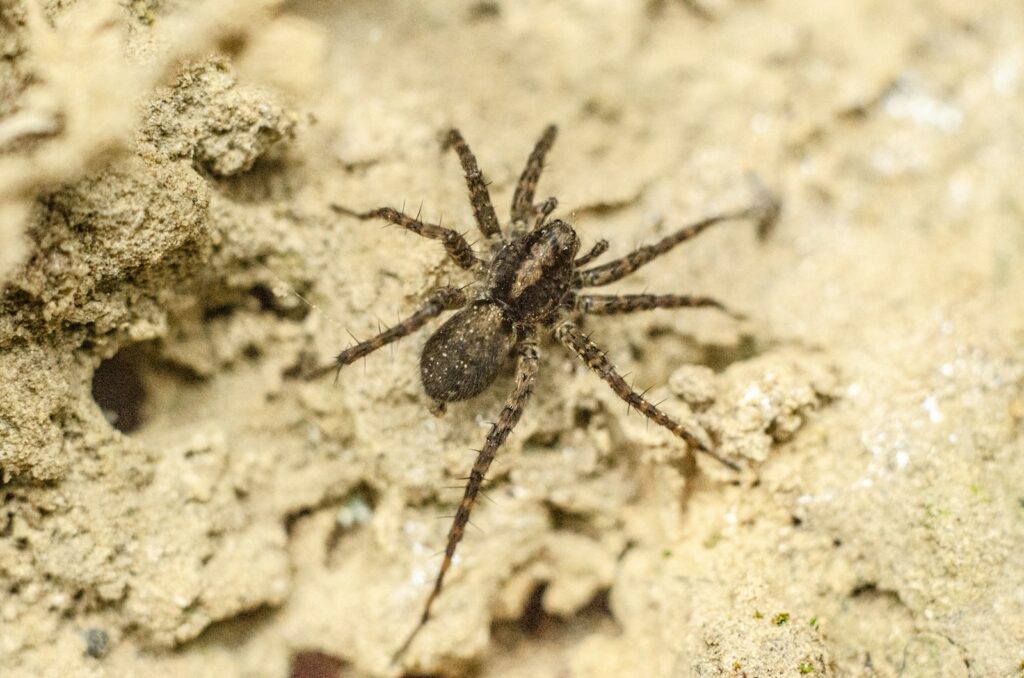
While most molts proceed normally with proper preparation, recognizing when to seek professional assistance can be life-saving for your tarantula. If your tarantula has been in the molting position for more than 24 hours with no visible progress, or appears to be struggling with a stuck molt despite increased humidity, professional consultation may be necessary. Signs of hemolymph (the tarantula equivalent of blood) leaking during molting indicates a potentially serious problem requiring immediate attention. Unusual positioning, such as the tarantula being partly upright rather than completely on its back during molting, might also signal complications. Connect with local exotic pet veterinarians with arachnid experience before emergencies arise, and consider joining tarantula keeper forums or social media groups where experienced hobbyists can provide guidance during critical situations.
Conclusion
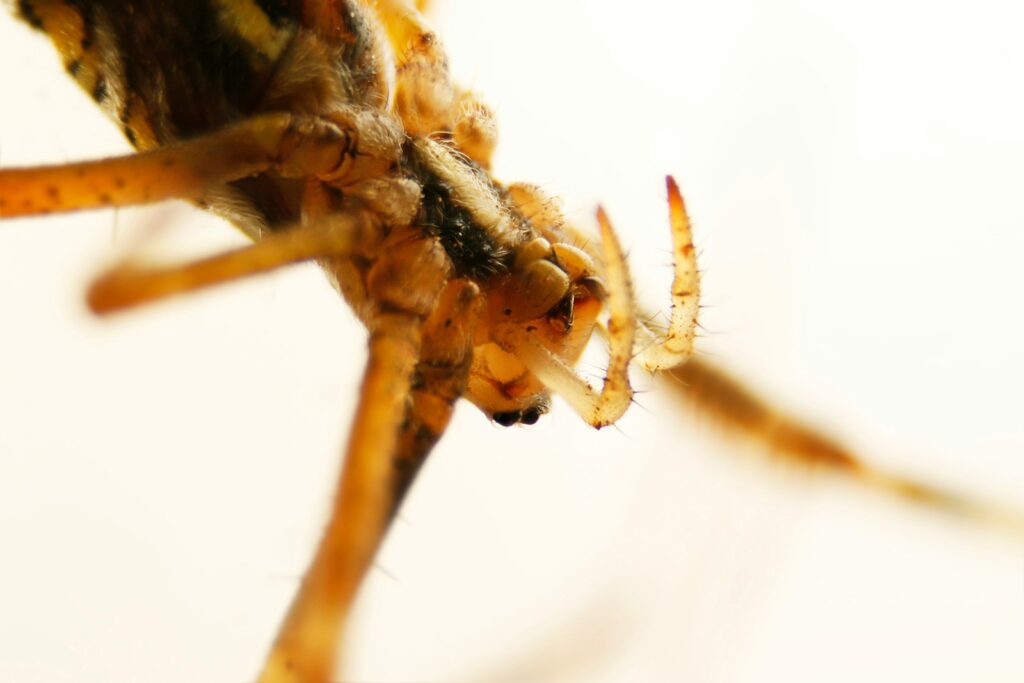
Preparing for your tarantula’s molt is one of the most important responsibilities of tarantula ownership. By understanding the process, recognizing the signs, creating the optimal environment, and knowing when to step back and let nature take its course, you can help ensure your eight-legged companion emerges from each molt healthier and more vibrant than before. Remember that patience is perhaps your greatest tool during this process—molting has been perfected through millions of years of evolution, and most complications arise from well-intentioned but unnecessary human intervention. With proper preparation and a hands-off approach during the critical molting period, you’ll soon be rewarded with the remarkable sight of your tarantula literally growing before your eyes, a fascinating reminder of the wonders of invertebrate biology in your own home.

